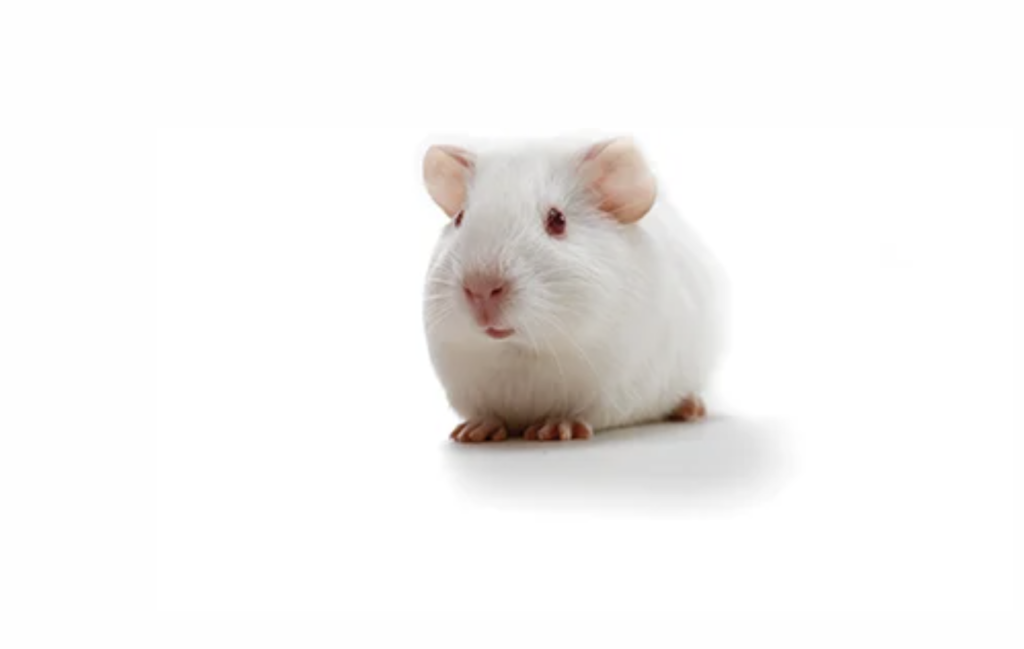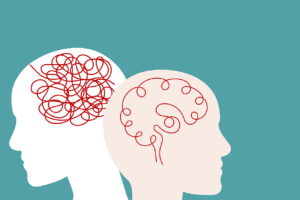
Could guinea pigs show us how humans age?
CSU translational researchers are bringing back the guinea pig model
For years, translational scientists have studied the conditions that accompany aging through the help of animal models. Mice are the favored model when it comes to the study of human diseases conditions, but the caveat of mouse models is they do not develop conditions, like Alzheimer’s disease, naturally.
“Traditionally, scientists in this field, when they study Alzheimer’s disease, they use preclinical mouse models that are genetically engineered to get Alzheimer’s disease,” said Devin Wahl, a postdoctoral fellow in the Healthspan Biology Lab at Colorado State University.
While these mice exhibit signs of AD, such as memory loss, and can be instrumental in understanding the disease, attempting to translate findings and interventions that work in mice over to humans is rarely successful.
Researchers like Wahl are interested in looking at other animal models that are non-transgenic (AKA, natural models) for diseases of brain aging. The guinea pig’s natural ability to develop osteoarthritis or musculoskeletal decline, conditions which are linked to brain aging, piqued the interest of the Healthspan Biology Lab team.
Setting out to test the validity of the guinea pig as a model for brain aging, their recent study “Nontransgenic Guinea Pig Strains Exhibit Hallmarks of Human Brain Aging and Alzheimer’s Disease,” published in The Journals of Gerontology – Series A, examines how the guinea pig’s brain ages and how their aging process resembles humans. Notably, the lab had to prove that guinea pigs naturally develop the hallmarks of AD to establish that validity.
“We know that certain genes are responsible for brain aging and Alzheimer’s disease,” Wahl said.
By using a method called RNA sequencing that examines which genes are turned on or off in various types of cells, the team, “saw a large overlap in terms of what’s going on at a genetic level in the guinea pig model and what’s going on a genetic level in human brain tissue,” he added. It turns out that several biological processes implicated in brain aging were common to the transcriptomes of older guinea pigs and humans.
Additionally, the team studied the brains of guinea pigs and found a buildup of amyloid beta plaques in some of the older guinea pigs, similar to plaques noticed in human AD.
Not only could guinea pigs prove useful in understanding cognitive decline, but they might also be robust models for other forms of physiological aging. Maureen Walsh – a doctoral student in the Translational Research on Aging and Chronic Disease Lab, also in the Department of Health and Exercise Science – is using the guinea pig model to study musculoskeletal aging and its relation to brain aging, as well as an intervention to prevent declines in these conditions.
Another benefit of the guinea pig model, and model species in general, is that guinea pigs have a much shorter lifespan than humans, which can allow scientists to study diseases on a more rapid timeframe. These analyses could possibly shorten the amount of time it takes research to be put into practice, a concept known as the “translational gap.”
“In translational research, we have something called the translational gap, and it’s the amount of time for basic scientific discovery at a lab bench to translate to the patient’s bedside,” Walsh said. Right now, the current translational gap lies around 17 years for studies to be converted to drug development, patient care, and other useful interventions.
As the need for therapeutics to lessen the effects of pathological aging remains prevalent, the guinea pig’s natural, quick aging process can provide faster breakthroughs for researchers working on these diseases and conditions.
Both Wahl and Walsh emphasize the use of the guinea pig as a translational model that can help researchers pinpoint biomarkers of aging and establish interventions to delay or minimize the effects of brain and musculoskeletal aging.
About The Author:
Grace Weintrob is a senior majoring in Communication Studies with a minor in Stage, Sports, and Film Production and Science Communication at CSU. She is currently working as the digital media intern for the Columbine Health Systems Center for Healthy Aging.





